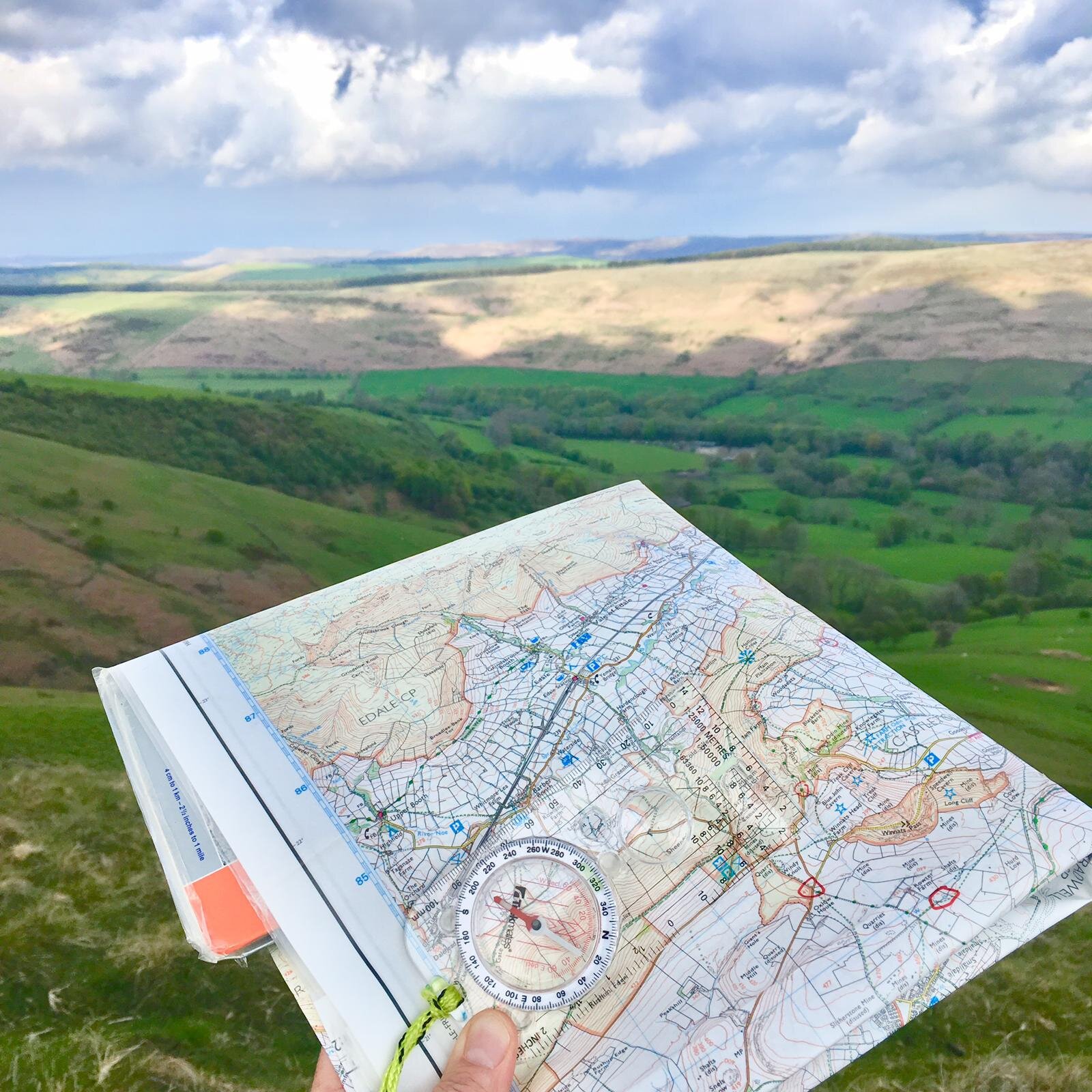Calling out mountain rescue
We're very lucky in the UK that mountain rescue exists. If you have an accident in the mountains, then there's a dedicated, professional team of volunteers who will drop everything to help. Simply call 999, ask for the police and they'll put you in contact with the relevant team for the area you're in.
Making that call should always be considered as a last resort, and there are plenty of stories out there of people thinking of the rescue teams as a taxi service to get them down the hills at their convenience. If you have a genuine accident, and can't get yourself down, then by all means call the team, but as preparation is better than cure, there are lots of things you can do so stop yourself getting into that situation in the first place.
Firstly, make sure you have the right walking kit with you, from clothes to keep you warm, to proper walking boots and waterproofs. Having the right kit to keep yourself warm and dry will not just lead to a more comfortable day out, but is vital for safety. The onset of hypothermia can be rapid in the quickly changing weather of the UK, and cold, tired, wet people are far more likely to make bad navigational decisions or stumble over rocks on the path.
Secondly, make sure you have a map and compass and know how to use them. It seems crazy that people head up mountains with no real idea where they're going, but on popular paths it's easy to just follow the crowd and fall into a false sense of security. But if the weather comes in and you find yourselves alone in the mist, you can become extremely disorientated. Paths can be hard to follow or invisible in rocky terrain such as the tops of Scafell Pike and Ben Nevis, and even if there are other people on the summit, they may be going down a completely different way, or may also be lost!
Calling out mountain rescue should also only be a last resort because of the time they can take to get to you. Remember that all mountain rescue team members are volunteers, and will have to assemble, collect equipment, and walk up to wherever you are. In many situations, they may also have back up from the Search and Rescue Dogs Association (SARDA) and Search and Rescue, who send the helicopter. A lot of people can be involved in a rescue.
There are other precautions you can take, such as joining a guided group, having someone in your party that knows first aid, and taking a GPS alongside your map so that if you do get hopelessly lost, you can relocate using the grid reference it gives you. Make sure your mobile phone has plenty of battery and stays waterproof in your bag, just in case you do need it.
If you do need to call mountain rescue, make sure you follow their instructions. If they tell you to stay in the same place so they can find you, don't wander off! And in cases of people who get themselves lost, they may try to help you on the phone first before sending anyone out. Don't take this as second class service, it's much quicker to have you help yourself if possible.
If you're staying in local accommodation, leave them a route card with as much detail as you can provide. If you are then injured somewhere with no signal, there's a high chance a search will be mounted when you fail to return, and the more accurate the information the team has, the quicker they'll find you. If you're just in the area for the day, tell someone else where you're going and make sure you check back in when you return.
Finally, mountain rescue teams are all charities who rely on donations to keep operating. If you go into the hills a lot, or even if you just appreciate the fantastic and tough work these voluntary teams do, then why not consider donating.

